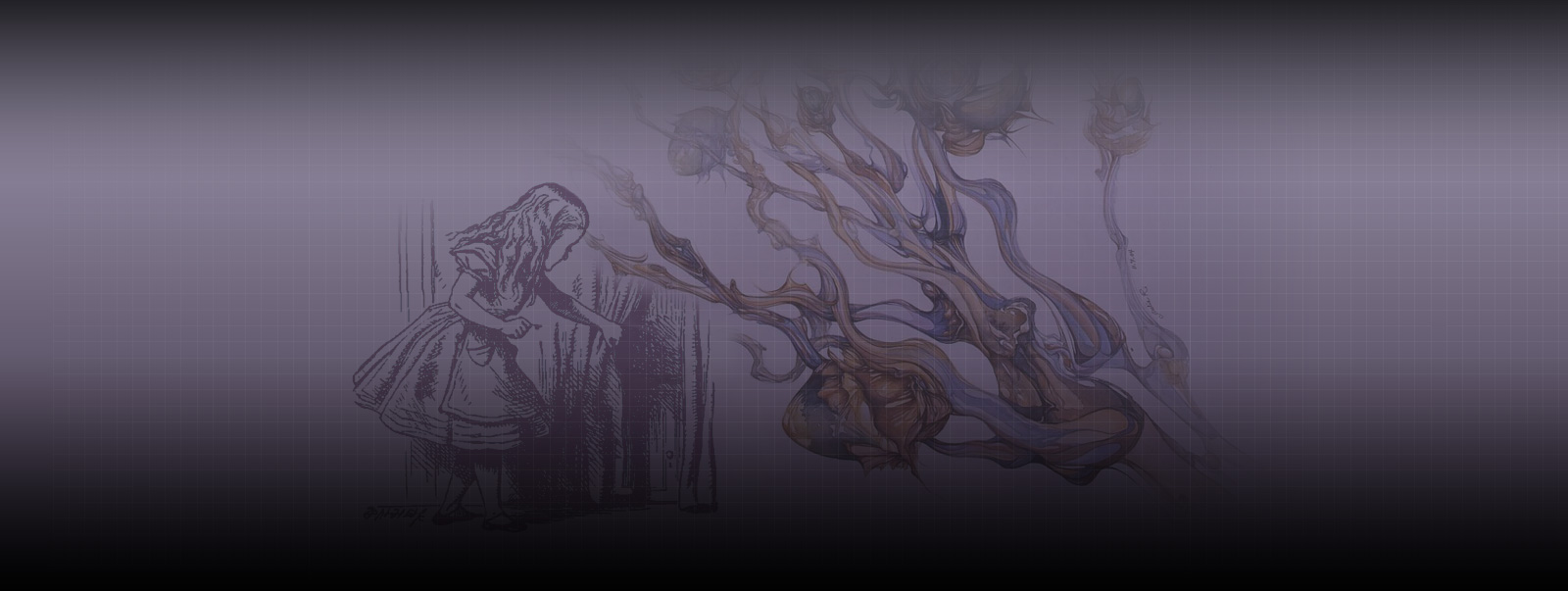
Your browser is out of date!
This website uses the latest web technologies so it requires an up-to-date, fast browser!
Try Firefox or Chrome!

An artist may pick up a brush, or a bow, and begin to work. As the individual moves across the floor, or the page, or as the hand drags across the canvas or a violin, images begin to be conjured. After the work is completed, we may commence discussion of these various performances, possibly comparing them to others. Of what do we speak? Why? To what end? A dancer, sculptor, writer, musician–all are artists, on that we can agree. But why? What makes an artist, an artist, and the work that they do art? A painting is almost always considered art, but what about a drawing? A sculpture or a collage, again art, but what about a model? A novel, again art, but is an essay or a book? Does the artist experiment? Finally, if we can decide that a work is to be considered art, what allows two pieces to be seen as so different–even if by the same hand–one hanging in an esteemed location and considered to be a national treasure, and revered beyond price, the other unknown and considered almost worthless? What allows work to be of such different statures?
We do not claim to have the answers to any of these questions, nor do we know if we ever will, but we see them as having tremendous significance and worthy of our time; in fact, we have spent much of our lives thinking about just these things. Going forward, it is the intention of the ART SCIENCE COMPLEX to set its sights towards this very valuable endeavor–of trying to shed light on these questions.
Presently, our feeling is that what we call Art and what we call Science are very much the same thing, and simply stated, though the tools that are employed are different, the end result is the same–which consists of deepening our understanding of ourselves, and the circumstances that surround us.
A scientist may peer into a telescope or a microscope, or at a computer screen. In the process, they scribble notes, make diagrams, and write equations. As they work, ideas, theories, and intentions will come into view. As these become clarified, they will make their way into journals, lectures, and conferences, and they will be discussed and possibly compared to others. Of what do we speak? Why? To what end? A physicist, molecular biologist, biochemist, geneticist–all are scientists, on that we can agree. But why? What makes a scientist, a scientist, and their work Science? Papers in peer reviewed journals are where we look for science, but what about an essay or a book? Scientists definitely do experiment, but do they also draw and build models? Finally, if we can decide that a work is to be considered science what allows two pieces to be seen as so different–even if by the same hand–one revered as a great achievement, and the other considered almost worthless? What allows work to be of such different statures?
We do not claim to have the answers to any of these questions, nor do we know if we ever will, but we see them as having tremendous significance and worthy of our time, and, in fact, we have spent much of our lives thinking about just these things. Going forward, it is the intention of the ART SCIENCE COMPLEX to set its sights towards this very valuable endeavor–of trying to shed light on these questions.
Presently, our feeling is that what we call Art and what we call Science are very much the same thing, and simply stated–though the tools that are employed are different, the end result is the same–which consists of deepening our understanding of ourselves, and the circumstances that surround us.


